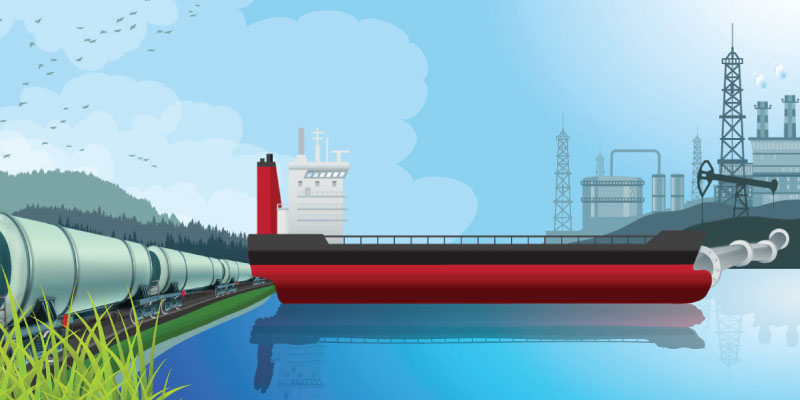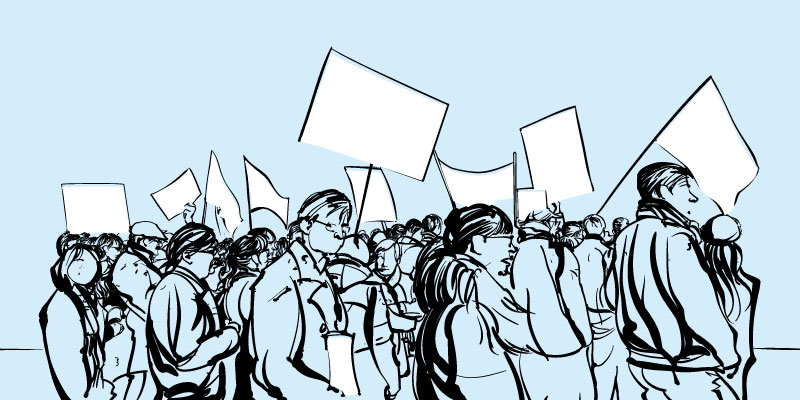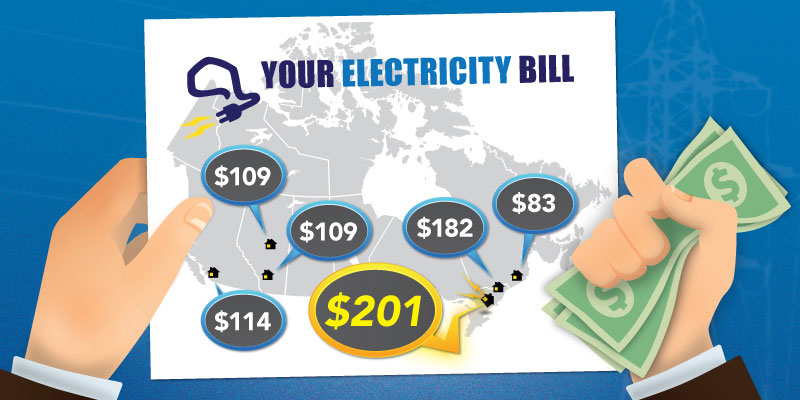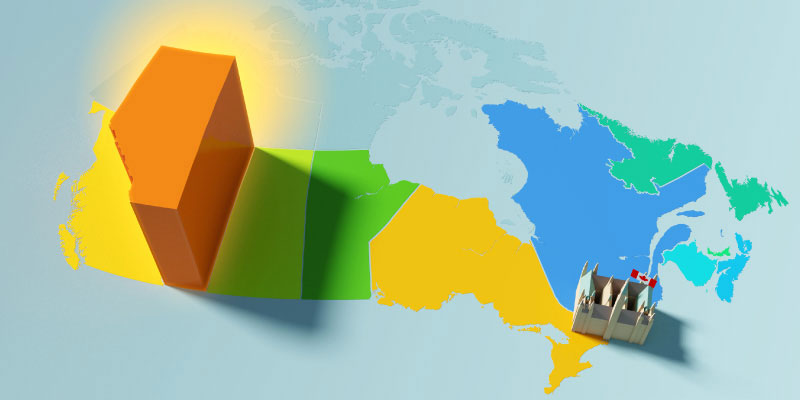Household Debt and Government Debt in Canada finds that, although household debt in Canada increased to more than $2 trillion in 2016—up from $357 billion in 1990—Canadian household assets (real estate, pensions, financial investments and equity in businesses, for example) also increased in value over the same time period to $12.3 trillion last year. But whereas recent increases in Canadian household debt have been accompanied by increases in net worth, the same cannot be said about government debt.
 Executive Summary
Executive Summary Read the Full Report
Read the Full Report View the Infographic - Torontonians now have the highest electricity bills among major Canadian cities
View the Infographic - Torontonians now have the highest electricity bills among major Canadian cities View the Infographic - Ontario electricity prices increased twice as fast as Canadian average
View the Infographic - Ontario electricity prices increased twice as fast as Canadian average View the Infographic - Ontario electricity prices increased 2.5x faster than household income
View the Infographic - Ontario electricity prices increased 2.5x faster than household income Read the News Release
Read the News Release






